Reclaiming Agriculture: 10 Things to Grow in Food Deserts

Since the term “food desert” was used in the 2008 Farm Bill, a lot of hype has surrounded these “suburban, rural and tribal communities” with limited access to fresh produce and other whole foods.
RELATED: What Is a Food Desert? Do You Live In One? 23.5 Million In This Country Do
Ironically, however, a term made popular by the U.S. Department of Agriculture fails to take one thing into consideration: agriculture.
Food deserts are defined by the percent of a community’s population living in poverty and the distance to nearest grocery stores. The definition omits the long history of Native people who survived—and thrived—without shelves stocked with canned and processed goods.
“We’ve been farmers for thousands of years and just recently been called a food desert,” said A-dae Romero-Briones, who is Cochiti Pueblo and Kiowa and works as an agricultural consultant for First Nations Development Institute.
“We have farmers and cooks, elders in our communities who know how to grow food,” she said. “These are the answers. We have historical stories, histories that we need to make important again. We need to reclaim agriculture.”
Agriculture doesn’t have to mean large farms or a major economic change. One of the first steps to combat a food desert is to simply plant a garden.
We asked a variety of Native botanists, food experts and health consultants to weigh in with their favorite crops. Here is a list of 10 things to grow in a garden if you live in a food desert:
Corn
It’s not the most nutritious grain, but it’s an important cash crop, Romero-Briones said. Corn “dominates the food supply” and is a staple all over the world, she said.
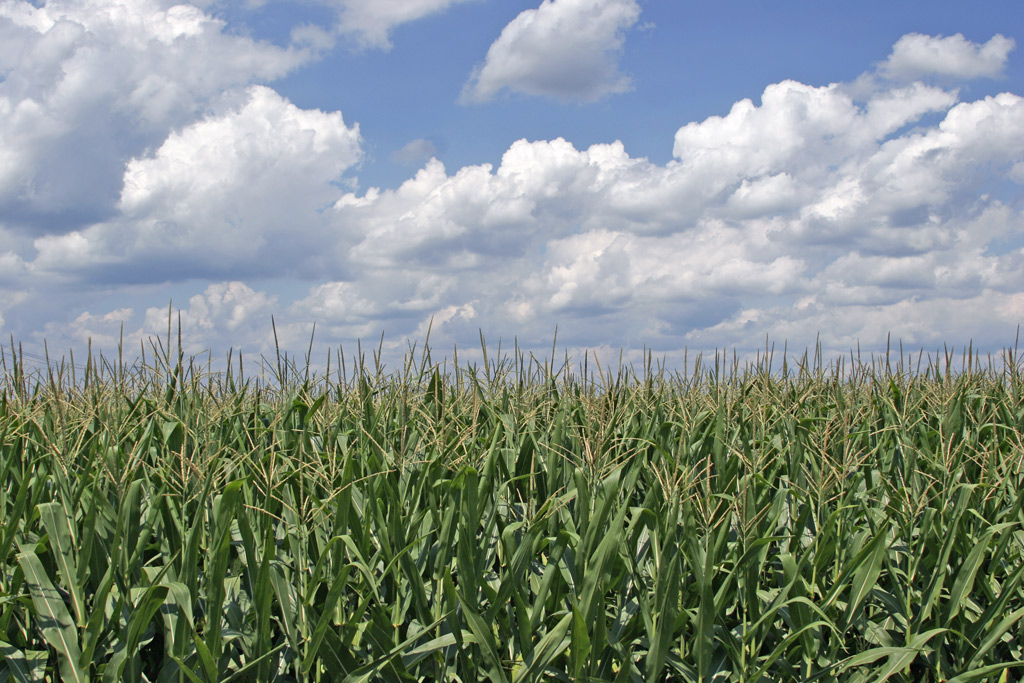
Amaranth
This grain, grown for thousands of years by the Aztecs, is similar to rice. Amaranth is a good source of protein and indigenous people ate it when there was a lack of game, Romero-Briones said.

Purslane
This leafy green vegetable is high in omega-3 fatty acids and is a viable substitute for fish.
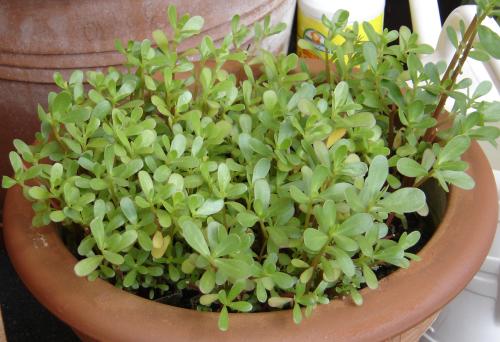
Camas Bulbs
Part of the Camassia species, camas bulbs grow wild and were used by Natives throughout the U.S. and Canada, said Valerie Segrest, a traditional food and medicine program manager for the Muckleshoot Indian Tribe.

Berries
You can’t go wrong with berries, whether you plant raspberries, blueberries, blackberries or huckleberries, Segrest said. High in vitamins and antioxidants, berries are also a good source of fiber.
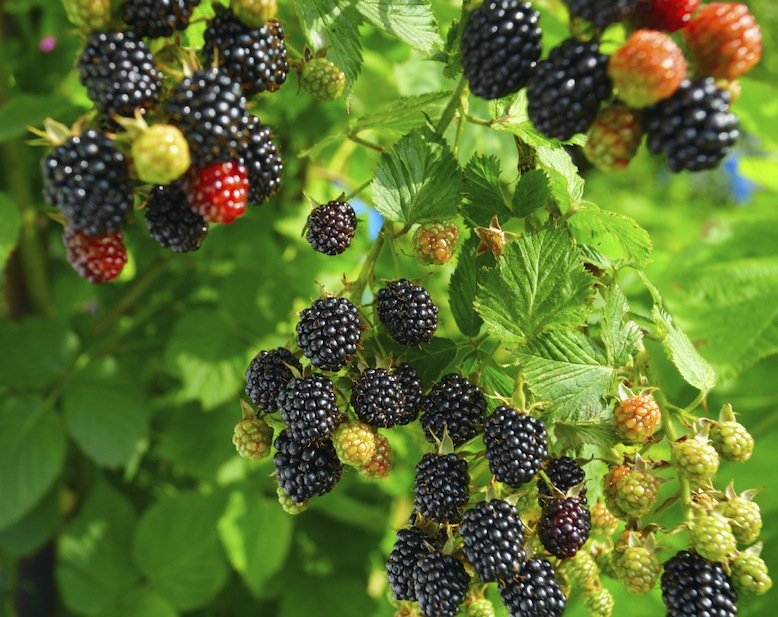
Herbs
Used for diet, medicinal and traditional uses, herbs should be a staple in any garden. Rosemary, thyme, chamomile and Echinacea are all good choices, Segrest said.

Fiddlehead Ferns
Tribes in eastern Canada likely were the first to use these bright green ferns with coiled heads that look like violins. Using these ferns as a vegetable adds omega-3 and omega-6 fatty acids, along with iron and fiber to your diet.
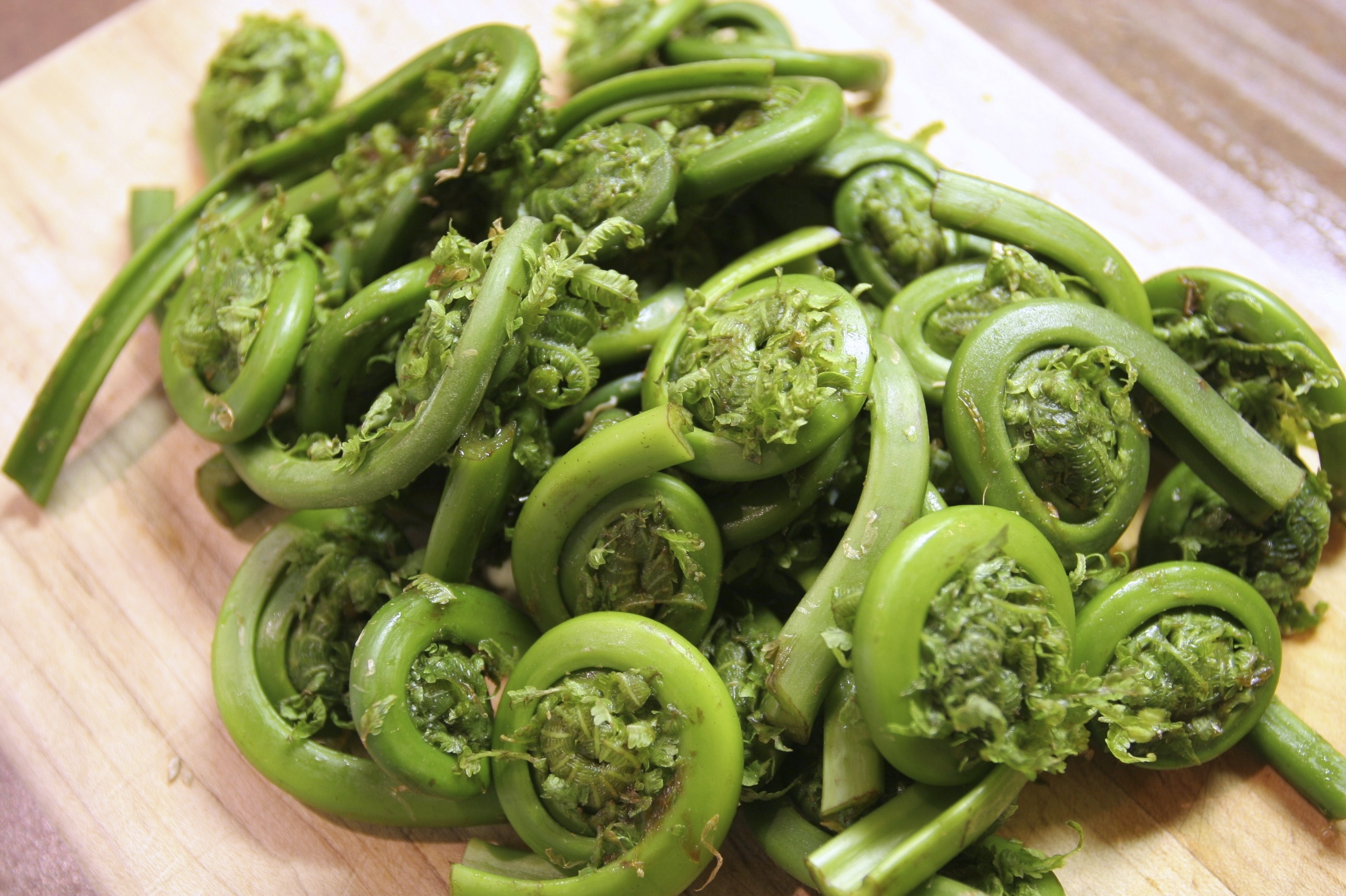
Beans
Rich in fiber, protein, complex carbohydrates and minerals, beans are another staple, said Janie Simms Hipp, Choctaw, and director of the Indigenous Food and Agriculture Initiative at the University of Arkansas School of Law. Whether you choose black beans or green beans, be sure to include some in your garden.

Squash
The variety of squash you grow will depend on your location and time of year. Natives have grown squash for thousands of years, so whether you grow zucchini, pumpkins, yellow squash, butternut, acorn or spaghetti squash, you’re part of a long tradition.

Traditional Seeds
This may take some research, but investing in history before starting a garden can yield more than food, Simms Hipp said. “By planting these traditional foods, we can move them through our generation and onto the next,” she said. Traditional seeds vary by tribe and location, but can include wild onions, Cherokee white eagle corn, turkey gizzard beans and Georgia candy roaster squash.
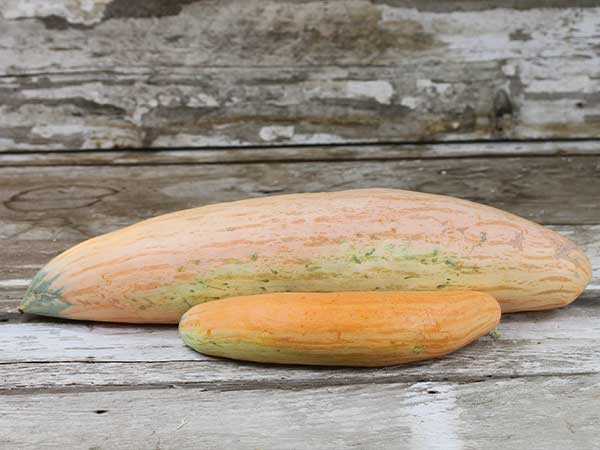
Read more at http://indiancountrytodaymedianetwork.com/2015/05/09/reclaiming-agriculture-10-things-grow-food-deserts-160177